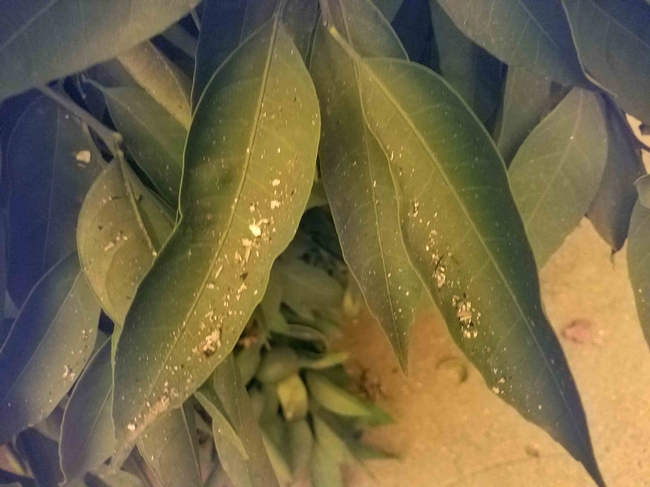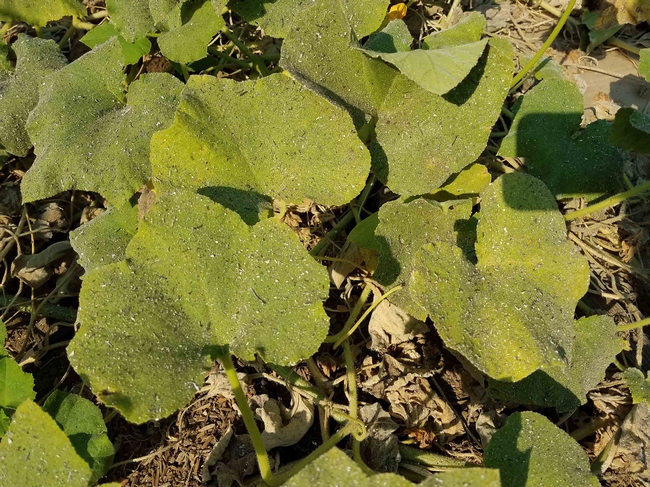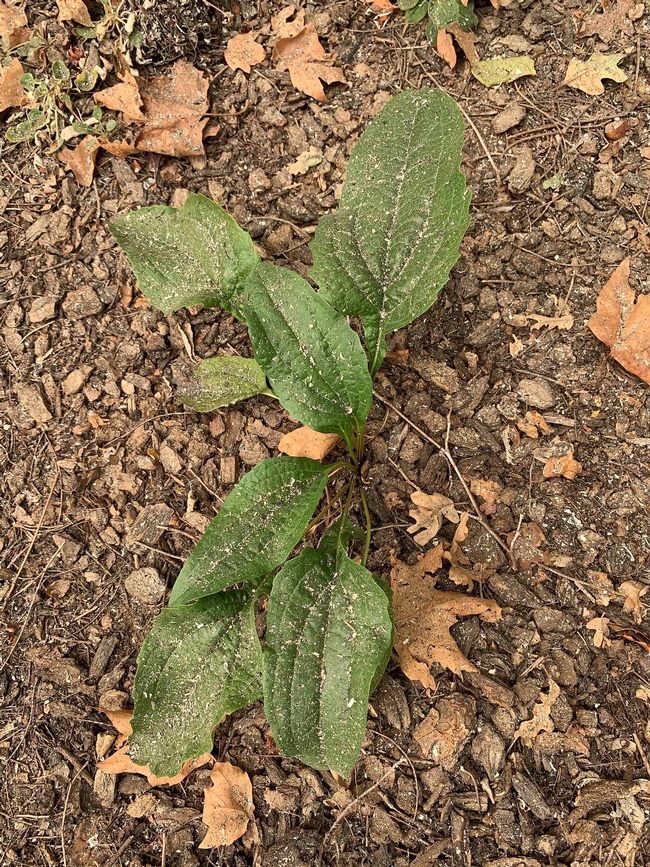The following recommendations for safely clearing ash from outdoor surfaces, including ornamental and edible plants, come from the US EPA, Oregon State University Extension Service, Waste Management, and the Sacramento Bee.

Cleaning your entire property (including hardscape, garden plants, shrubs, and lawn) isn't always necessary. A thin dusting of ash on plants (with green plant color still visible) isn't likely to have long term effects on plant health before fall rains wash it away.

Plants: The same precautions apply to ridding plant surfaces of ash. Focus on clearing heavier amounts of ash from food-producing plants and plants that you regularly come in contact with, such as those near windows, doors, or air handling units.
Edibles from Your Garden: Once properly cleaned, these should be safe to consume, as smoke and ash do not usually penetrate the protective skin covering fruits and vegetables. However, according to the OSU College of Agricultural Sciences, “safety becomes more of an issue…if your garden has a heavy layer of ash or is located near a structure that burned. Burning buildings contain different toxins than a forest.” OSU goes on to recommend that you “peel produce like tomatoes, apples, and root crops and strip the outer leaves of lettuces and other greens. For a more thorough cleaning, soak vegetables and fruits in a 10% white vinegar solution (1 cup vinegar to 9 cups water), which can lift soil particles off vegetables and fruits.”

The UC Master Gardeners of Butte County are part of the University of California Cooperative Extension (UCCE) system. To learn more about us and our upcoming events, and for help with gardening in our area, visit our website. If you have a gardening question or problem, email the Hotline at mgbutte@ucanr.edu (preferred) or call (530) 538-7201.